New Delhi: NITI Aayog, the central think tank, is in the advanced stages of finalising a year-long exercise to develop a 25-year vision aimed at making India a $30 trillion economy by 2047, announced B V R Subrahmanyam, its Chief Executive Officer, recently.
Several long-term goals have already been identified, including a per capita gross domestic product (GDP) of $17,590, $8.67 trillion in exports, and Rs 1,273 trillion in investments by 2047. Prime Minister Narendra Modi is expected to unveil the vision document soon.
“A lot of the inputs through departmental SGoS (Sectoral Groups of Secretaries) have come. Now, we are working on the big picture and harmonising these inputs. Some implementation plans will be added and by December, we will have the draft vision ready,” Subrahmanyam shared with reporters in New Delhi.
The process began in December 2021, started by the Cabinet Secretary. It led to the formation of 10 sectoral groups focusing on areas like rural and agriculture, infrastructure, resources, social vision, welfare, finance and the economy, commerce and industry, technology, governance, and security and foreign affairs. The final presentation is scheduled for the first week of November and it involves these SGOSs.
According to Subrahmanyam, the concern for the government, in the medium term, is the possibility of falling into a middle-income trap, where India’s per capita income could plateau at $5,000-6,000, resulting in a slowdown in economic growth. “The whole point of the vision is to avoid that and take it to the next level,” stated the CEO of NITI Aayog.
Internal modelling conducted by the Aayog concludes that the population of India is expected to stabilise at around 1.65 billion in the foreseeable future. The government plans to hold meetings with industry leaders and thought leaders in the last two weeks of November to incorporate their insights into the Vision Document.
Participants in these discussions will include figures such as Gautam Adani, Mukesh Ambani, and Nandan Nilekani. “Several senior officials will be part of these meetings,” added Subrahmanyam.
One significant aspect identified in the vision is a rebuilding of the bureaucratic system to move away from the preexisting practice of excessive paperwork and to engage senior officials in ideation and strategy development.
The vision also envisions substantial investments in infrastructure in the coming years. Recently, the Ministry of Ports, Shipping, and Waterways released a maritime vision with investments reaching up to Rs 80 trillion. Similar ambitious goals have been set for other infrastructure sectors like roads, railways, and housing.
In the field of education, India aims to achieve a 90 percent literacy rate by 2047, with a medium-term target of 82 percent and an increase in mean years of schooling from the current 6.7 years to 10 years.
The government has identified various risk factors that may affect the trajectory outlined in these plans, including climate change, artificial intelligence, global economic turbulence, regional disparities within the country, and the need for adequate skills development to mitigate rising unemployment and other challenges.
Also Read More –
- Commerce ministry seeks views of ministries, NITI Aayog on draft bills on 5 cash crops
- NITI Aayog Unveils TCRM Matrix Framework to Drive Technology Assessment and Innovation in India
- Tamil Nadu tops NITI Aayog’s Export Preparedness Index 2022
- NITI Aayog, United Nations join hands to accelerate sustainable development in India

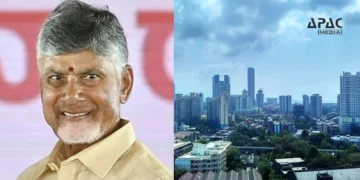


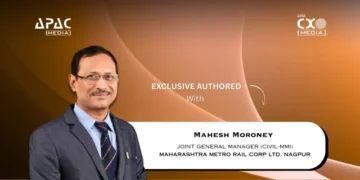
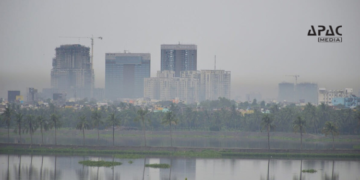

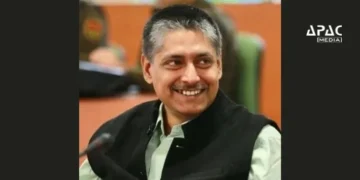


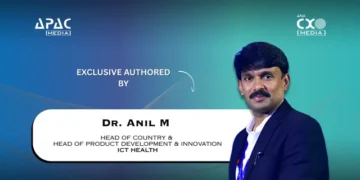

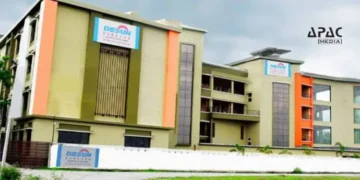

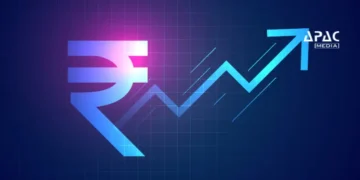




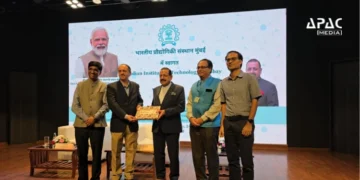
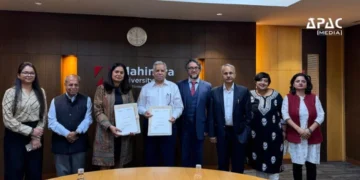
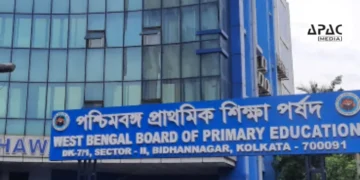
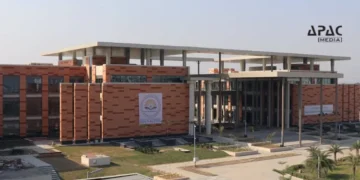

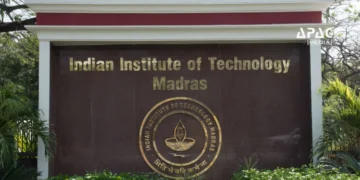








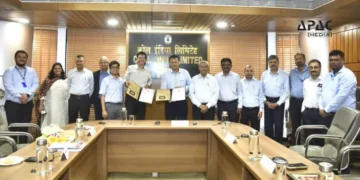
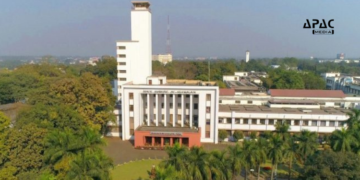
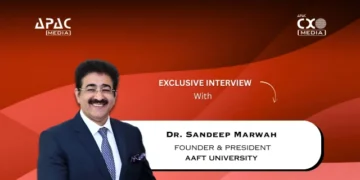
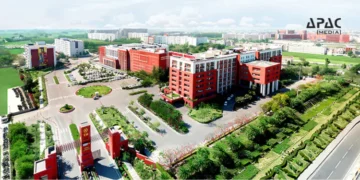





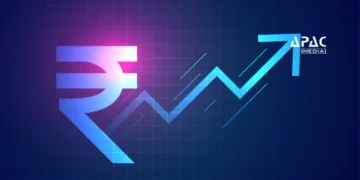


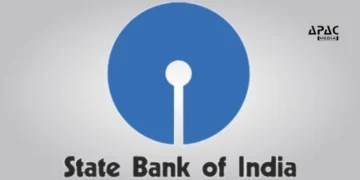

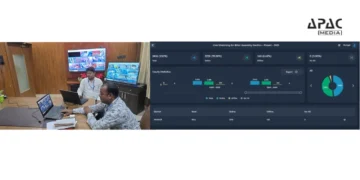

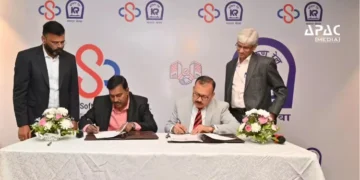

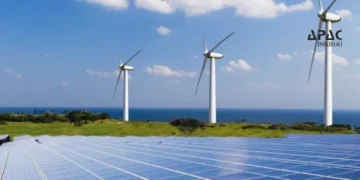
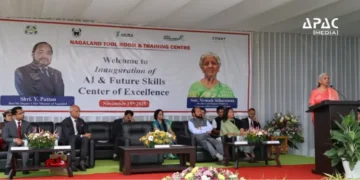


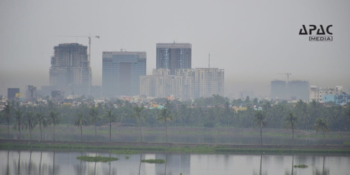

















Discussion about this post